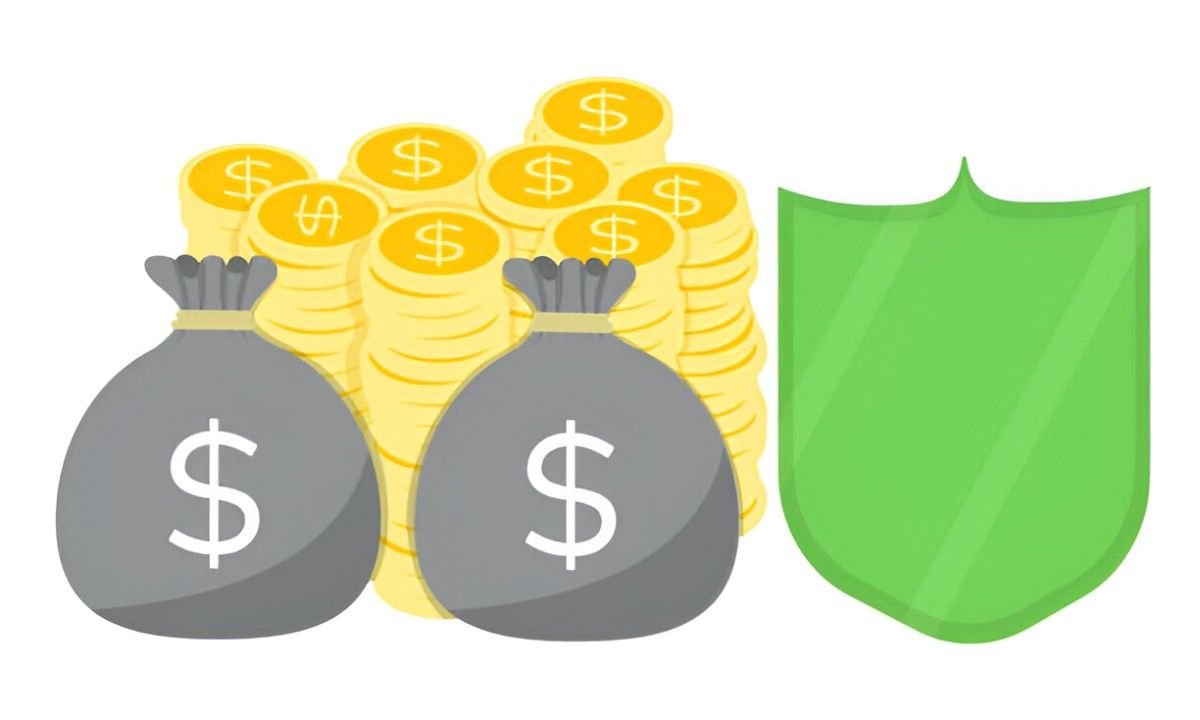When I first started investing, one of my biggest concerns was safety. I wanted to know if any mutual funds had the same kind of government protection that bank accounts enjoy through the FDIC. Over time, I learned that while the federal government insures certain types of deposits, mutual funds do not fall under this safety net. Let me walk you through what this means and what options I found for investors seeking government-backed security.
Table of Contents
What Does It Mean to Be Federally Insured?
In the U.S., federal insurance typically refers to protections like those from the Federal Deposit Insurance Corporation (FDIC) or the National Credit Union Administration (NCUA). These agencies protect bank and credit union deposits, respectively, up to $250,000 per depositor, per institution. This insurance protects depositors if a bank or credit union fails.
Mutual funds, however, are different financial products. They pool investors’ money to buy a diversified portfolio of stocks, bonds, or other assets. Because mutual funds invest in securities, they carry market risk — their value can go up or down.
Why Mutual Funds Aren’t Federally Insured
Mutual funds do not have government insurance because:
- They invest in marketable securities, which fluctuate in value.
- The funds are regulated by the Securities and Exchange Commission (SEC) but are not guaranteed or backed by the government.
- Losses from market downturns or poor management are borne by investors.
That means, unlike a savings account, if a mutual fund’s investments lose value, the fund’s net asset value (NAV) falls, and your investment value declines.
The Exception: Money Market Mutual Funds
When I looked for safer mutual fund options, I found money market mutual funds. These funds invest in short-term debt instruments like Treasury bills, commercial paper, and certificates of deposit. Money market funds aim to maintain a stable NAV of $1 per share.
Even so, money market mutual funds are not insured by the FDIC. They are considered low-risk but still carry the risk of “breaking the buck” — meaning the NAV falls below $1.
In rare cases, like during the 2008 financial crisis, a money market fund did break the buck, causing investor losses.
Government Money Market Funds: Close to “Insured” but Not Exactly
Some money market funds invest exclusively in U.S. government securities — Treasury bills, notes, and bonds. These securities carry minimal credit risk because they are backed by the “full faith and credit” of the U.S. government.
| Fund Type | Typical Holdings | Risk Level | Government Backing | FDIC Insurance? |
|---|---|---|---|---|
| Regular Money Market Fund | Corporate debt, commercial paper | Low to moderate | No | No |
| Government Money Market Fund | U.S. Treasury securities | Very low | Yes (Treasury securities) | No |
| Bank Savings Account | Bank deposits | Very low | Yes | Yes (up to $250k) |
Because of this, government money market funds offer very low credit risk, but they are not guaranteed or insured by the government.
Treasury Securities Held Directly: The Safest Alternative
If I wanted government-backed safety, I could buy U.S. Treasury securities directly. These include Treasury bills (T-bills), Treasury notes, and Treasury bonds. The principal and interest payments are guaranteed by the government, which means the risk of default is essentially zero.
I found this to be the closest thing to a “government-insured” investment. Treasury securities are highly liquid and can be bought and sold in the secondary market.
Comparing Returns and Risks
To put things in perspective, I created a simple table comparing typical returns and risks of these investment types over the past 10 years:
| Investment Type | Average Annual Return | Principal Safety | Liquidity | Federal Insurance |
|---|---|---|---|---|
| Bank Savings Account | 0.5%–2% | High | High | FDIC up to $250,000 |
| Government Money Market Fund | 1%–2% | Very High | High | No |
| Regular Money Market Fund | 1.5%–3% | Moderate | High | No |
| U.S. Treasury Bonds | 1.5%–3.5% | Very High | Moderate to High | No, but backed by govt |
| Equity Mutual Funds | 7%–10% | Low (market risk) | High | No |
These numbers are approximate and vary with economic conditions, but they illustrate the trade-offs between safety and return.
Mathematical Example: Comparing Growth
Suppose I invested $10,000 in a government money market fund with an average annual return of 1.5% and in an equity mutual fund with an average annual return of 8%. After 20 years, the value of each investment grows as follows:
\text{Value} = 10,000 \times (1 + r)^{20}where r is the annual return.
For the money market fund:
10,000 \times (1 + 0.015)^{20} \approx 10,000 \times 1.3469 = 13,469For the equity mutual fund:
10,000 \times (1 + 0.08)^{20} \approx 10,000 \times 4.6610 = 46,610This example shows how, despite greater safety, government money market funds grow much more slowly than equity funds.
Summary
To wrap up what I learned, here are the key takeaways:
- Mutual funds are not federally insured. Their value can fluctuate with market conditions.
- Money market mutual funds invest in safer securities, but are still not insured.
- Government money market funds invest in U.S. Treasury securities, which carry very low credit risk, but the funds themselves are not insured.
- For guaranteed government backing, I can invest directly in U.S. Treasury securities.
- Trade-offs exist between safety, return, and liquidity.
Understanding these differences helped me shape my investment strategy based on my risk tolerance and goals.





